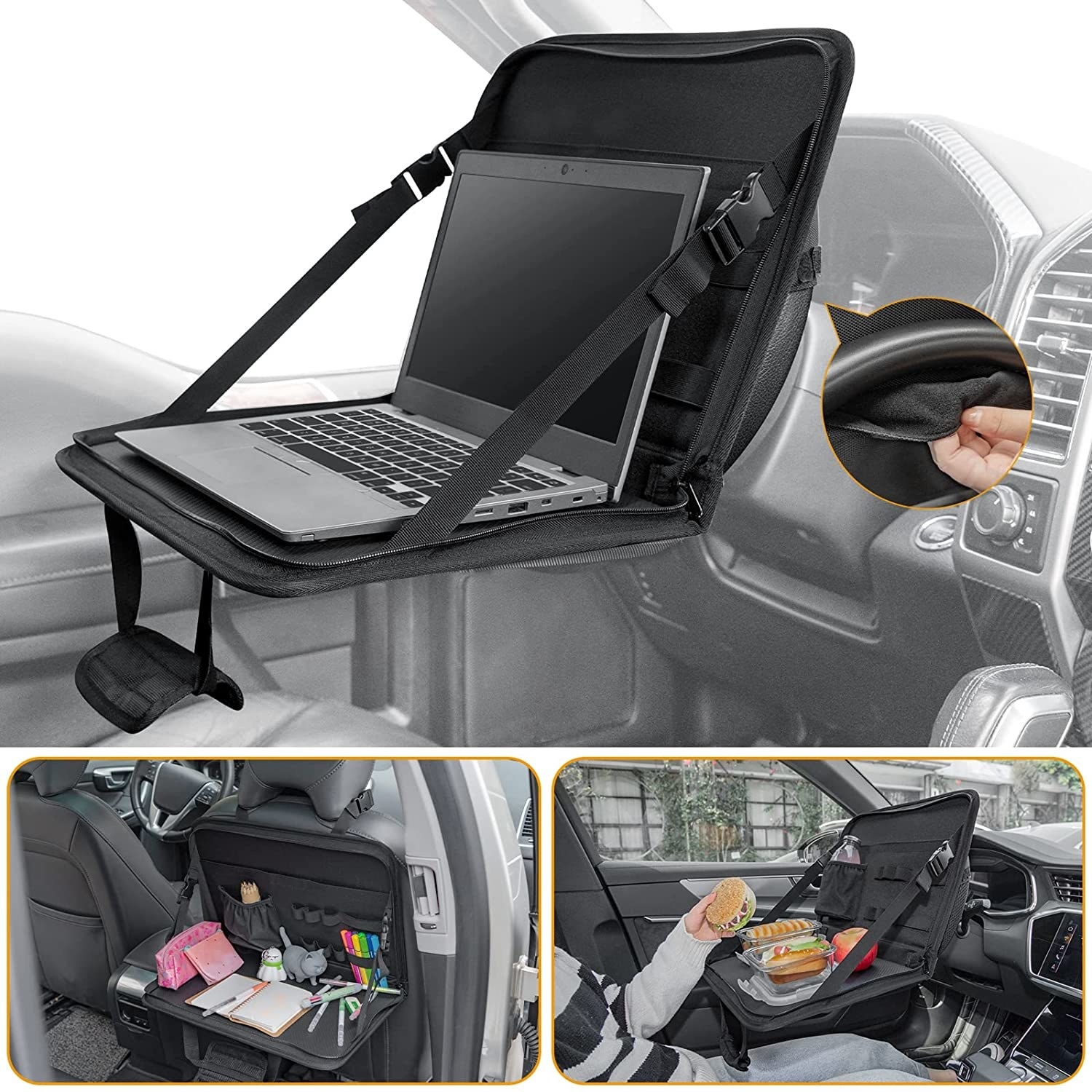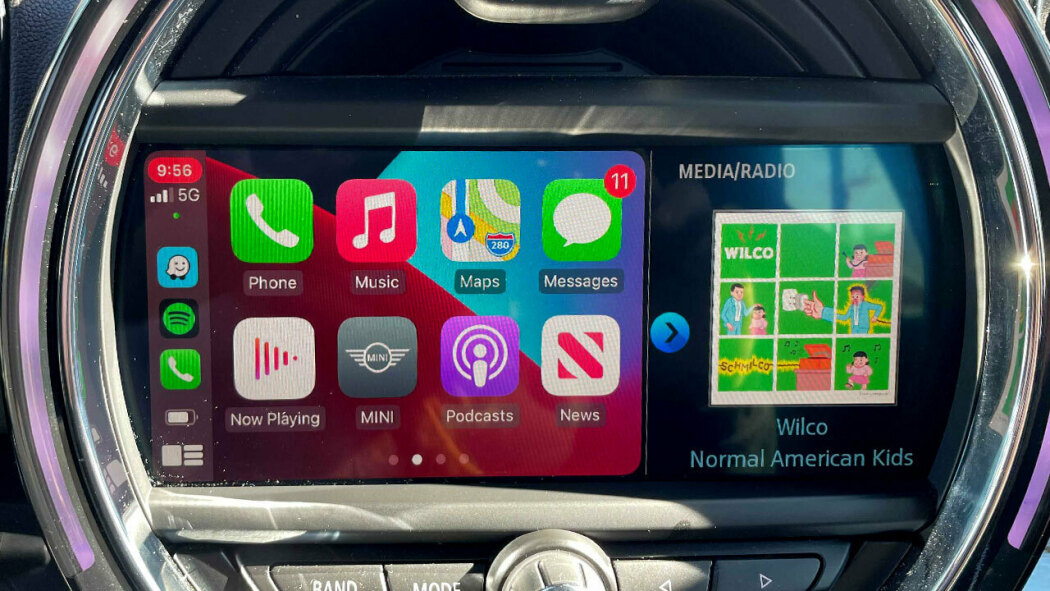
The Lamborghini Miura is a Lamborghini, while the Nissan Skyline GT-R a Nissan Skyline GT-R may be the most extreme car on the market. The Honda Civic Type-R and the Subaru BRZ tS are also available. Although they're not actually cars, these are cool and unique. So which is America's most cool car? Let's see what we can find. We hope you'll be inspired by this list to get behind the wheel!
The Lamborghini Miura
In 1966, the Lamborghini Miura supercar was sold for a staggering price. The Miura was a rare machine, selling for $20,000 per unit. Only 275 Miuras were made, and they sold like hotcakes. The Miura was very feminine with a wide waistline and a tall, flat roof. It measured 1050mm from the ground. It featured twin-circular headlamps derived form the Fiat 850 Spider.
The Nissan Skyline GT-R
1969 was the year that the first man went to the moon. The 747 was also launched. Japanese car buyers desire the most modern technology. This car embodies all these attributes. Skyline GT-R is a highly sought-after Japanese car. The GT-R badge was revived by Nissan in an explosion of turbocharged rage, even though it is difficult to find.

The Honda Civic Type-R
It is no surprise that the Honda Civic Type-R has become a very popular and well-known car. The sleek design of the Honda Civic Type-R has a sporty appeal. The front end of the car features multiple scoops and three exhaust tip. Another notable feature is the rear wings. The Type-R doesn't offer as much as the older versions but still offers an exceptional driving experience.
Subaru BRZ-tS
The Subaru BRZ tS is a limited-edition model that costs $34,000. It's a monster on the road and a beast on track. The car's chassis experts are highly skilled. It has a low ground clearance, so traction can be a little tricky, especially on slippery roads. However, the car is fun to drive along the windy Californian canyon roads. The tS is also perfect for downhill runs.
Toyota 2000 GT
The Toyota 2000 GT, one of the first sports cars ever built, was developed in collaboration with Nissan. The partnership between the two companies was formed in December 1964. A technology sharing agreement was signed on September 8th 1965. The design team consisted of Toyota engineers Shinichi Yamazaki and Hidemasa Takagi, test driver Eizo Matsuda, and design assistant/development driver Shihomi Hosoya. Shoichi Saito, a Toyota industrial designer, was responsible for the project. Toyota industrial designer Shoichi Saito is responsible for the car's unique shape. He drew a full size wooden buck as inspiration.
The Ford Bronco
The Ford Bronco is undoubtedly one of the most popular cars ever built. The naming convention for the Ford Bronco is "GOAT," which stands for "Goes Over Any Terrain." The eight-speed automatic transmission can be set up in seven modes to suit different driving conditions. These include normal, eco and sport. The base Bronco has five drive modes, and the optional Wildtrak offers seven.

The Volvo G80
The G80 was the most popular car in our tests. The G80 is a great value, despite its high price. Its spacious cabin is an example of Swedish engineering. The driver-centric design makes it more affordable than its competition. The G80's smooth, refined ride is matched by a powerful engine of 3.5T. The G80 is not a sports sedan. Its 5.1 second acceleration from 0-60 MPH is slow. And, if you're a tall person, you might be concerned about how your hair might brush against the headliner in the front or the back of the driver-side seat. The good news is that sub-six footers shouldn't have to worry about this.
FAQ
Is it difficult to become a mechanic apprentice
It's not easy, however, it is very rewarding and offers many opportunities for growth.
You must be patient and persistent. You must also know how to fix cars, trucks, and motorcycles.
Customers and family members will put pressure on your shoulders to help you succeed. But you should never feel pressured into making decisions you aren't comfortable with.
This could be an excellent career choice for someone who enjoys fixing cars. This is a job that allows you to earn a decent income and grow your business.
But you may prefer another path. Consider becoming a technician.
This involves using your technical expertise to support other workers. You might be able to assist technicians in troubleshooting problems or teach them new techniques.
Another option is to be a service advisor. This is where you can offer advice and assistance to customers who bring their vehicles to a garage.
It all depends on your goals. There are many options and you have the ability to choose the one that is right for you.
What is the difference between an automotive technician and a mechanic?
These two jobs are very similar but not identical. A mechanic repairs cars and an automotive technician performs maintenance.
A mechanic should be able to do simple tasks quickly and have good manual dexterity. They must also be able to diagnose problems accurately and repair them effectively.
An automotive technician must be more technically proficient than a mechanic. They must be able to read blueprints and use tools such as drills and wrenches.
They should be able safely to perform complex procedures. They must be familiar with all types of electrical and engine systems.
They must also be able to understand how various parts interact with each other.
The result is that a mechanic often earns less than an auto technician. Both careers have many options.
How can I fix my automobile as a hobby.
Why not make it a hobby if you're interested in cars? You can learn to fix them, buy them parts, and even sell them. If you are looking for something new, this would be a great hobby.
It's difficult to make this a fulltime job. It requires hard work and dedication. Also, you will need to put a lot of money into it.
So unless you have a good reason for wanting to get involved with cars, then it might be best to leave it alone.
Statistics
- Apprentice mechanics earn significantly less hourly than mechanics who have completed training, with a median wage of approximately $14.50 an hour, according to PayScale. (jobhero.com)
- According to the BLS, total auto technician employment is expected to exceed 705,000 by 2030. (uti.edu)
- According to the BLS, the median annual salary for automotive service technicians and mechanics in the United States was $44,050 in May 2020. (uti.edu)
External Links
How To
How to properly diagnose and repair your vehicle
The symptoms of your vehicle are the first thing you need to look at in order to determine whether it is in dire need of repairs. You can then follow these steps for a proper diagnosis of your vehicle.
-
Check engine lights. You should inspect the dashboard lights, such as the engine light indicator and the oil pressure gauge. Also, check the battery light indicator. If any of these indicators have been flashing continuously for several days it could mean that there is something wrong with your vehicle.
-
Examine the treads of the tires. If the tires are worn out, they could cause problems with handling and braking. The treads of the wheels should be inspected as well. They should look clean and be smooth. You can do this by taking off the wheels. A flashlight can be used to check how worn the treads are.
-
Pay attention to the level of your brake fluid. You must keep track on the level of brake fluid in your vehicle. You can ensure that your brakes are working properly by monitoring the level of brake fluid in your vehicle. If your brake fluid level is low they might not work properly when you apply pressure.
-
The suspension system should be tested. Most vehicles have a suspension system that absorbs shocks and vibrations. It allows for better control, smooth acceleration, and deceleration. You might notice a wobbly feeling or uncontrollable shaking in your vehicle if it has a problem with its suspension. Try putting some weight on your front or rear axle to determine if you have a suspension problem.
-
Examine the steering wheel. The steering column connects the steering wheel to all other components of the vehicle. The steering column can often be damaged by an accident. Replace it if your steering column feels loose or unsteady.
-
Observe the exhaust pipes. The exhaust pipe helps move gases from a combustion chamber into the atmosphere. If the exhaust pipe is damaged or leaks, harmful fumes can enter your cabin. It is also important to repair any bends in your tailpipe immediately.
-
Take a look under your hood. Check under your hood for any unusual or missing components. There could be fluid leaking from your engine. In addition, if you notice an unusual smell coming from your engine compartment, you should contact a professional technician.
-
Check the air filter. The outside environment collects dust and other particles in the vehicle's filter. Dirty air filters can cause your vehicle to run poorly. Replace your air filter regularly.
-
Check the fan belt. Your vehicle's fan belt connects the engine to the transmission. If it breaks, the engine won't turn over. It's easy to replace the belt. You will need a screwdriver, pliers and a pair of pliers.
-
Make sure you inspect the radiator hoses and hoses. The radiator hose carries water from the radiator to the engine. It can crack or become damaged and leak hot liquid onto an engine. Repairing the hose is easy with a pair of needlenose pliers or a small wire brush.
-
The windshield wipers should be checked. Windshield wipers use electricity for snow and rain removal. If they stop working, they could leave streaks on your window glass. Change the washer fluid to fix the problem.
-
The battery cables should be checked. Your car's electrical system is powered by batteries. Make sure you disconnect the negative cable before replacing batteries. Failure to do so can damage your alternator.
-
Be sure to check your headlights. Headlights illuminate the road ahead of you. If they don't work properly, it can cause poor visibility. Inspect the bulbs for signs of burnt out.
-
Make sure you have your lights on. You can warn other drivers if you approach them at night. It could cause distraction and even lead to an accident if it doesn't work.
-
You should inspect your brakes. Brakes will reduce the speed of your car in case of an accident. If the brakes fail to work correctly, your car could lose control and collide with another vehicle.
-
Make sure to change the oil. Oil keeps your engine lubricated. This oil helps to prevent metal parts becoming too worn out. It is recommended to change the oil each month.